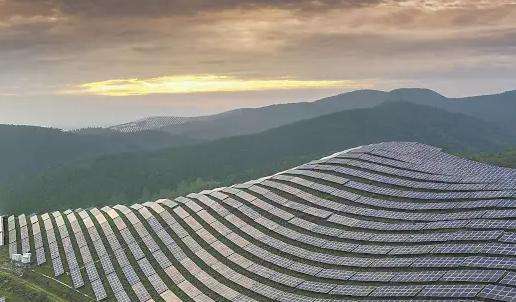The differences between aluminum plates and aluminum veneer are as follows:
1. Different meanings:
Aluminum veneers refer to building decoration materials processed using fluorocarbon spraying technology. . Fluorocarbon coating mainly refers to polyvinylidene fluoride resin (KANAR500), which is divided into three types: primer, topcoat and varnish.
Aluminum plate refers to a rectangular plate rolled from aluminum ingots. It is divided into pure aluminum plate, alloy aluminum plate, thin aluminum plate, medium thickness aluminum plate and patterned aluminum plate.
2. Different compositions:
The structure of aluminum veneer is mainly composed of panels, reinforcing ribs, corner codes and other components. Aluminum plates include platesbrushed aluminum, alumina plates, PS aluminum plates and mirror aluminum plates.
3. Different uses:
Aluminum plates are used for lighting, solar reflective sheets, building exteriors, interior decoration, ceilings, walls, furniture, cabinets, elevators, signs, nameplates, luggage, automobile interior and exterior decoration, interior decoration, photo frames, household appliances, refrigerators, microwave ovens, audio equipment, aerospace and military aspects, mechanical parts processing, mold manufacturing , chemical/insulating pipe packaging, high quality ship boards, etc. .
Aluminum veneer curtain wall is suitable for decoration of various interior and exterior walls of buildings, lobby facades, column decorations, raised corridors, pedestrian bridges, elevator borders, packaging ofe balconies, advertising panels, special-shaped interior ceilings, etc. Exterior walls, beams and columns, balconies, canopies, airports, train stations, hospital conference rooms, opera houses, stadiums, reception halls and other high-rise buildings.
Related terms: aluminum veneer, aluminum plate, suspended ceiling, aluminum-plastic plate, pure aluminum plate, patterned aluminum plate














